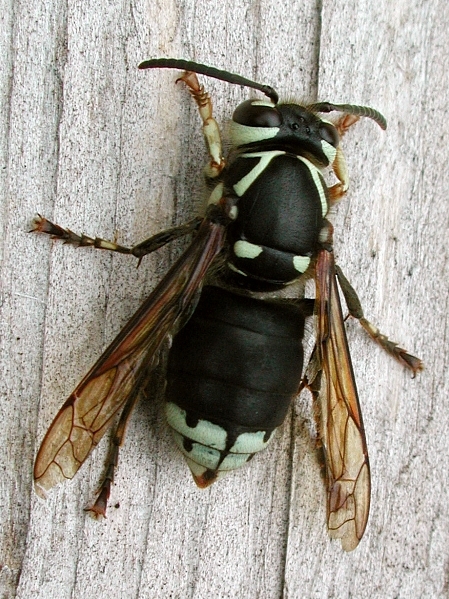SERVICE REQUEST?
Fill out the form below.
Find our nearest location

Bald-faced Hornet
Attribution: Fritz Geller-Grimm, [CC-BY-SA-2.5 or CC-BY-SA-2.5], via Wikimedia Commons
Read What Our Clients
Are Saying
SERVICE REQUEST?
Fill out the form below.